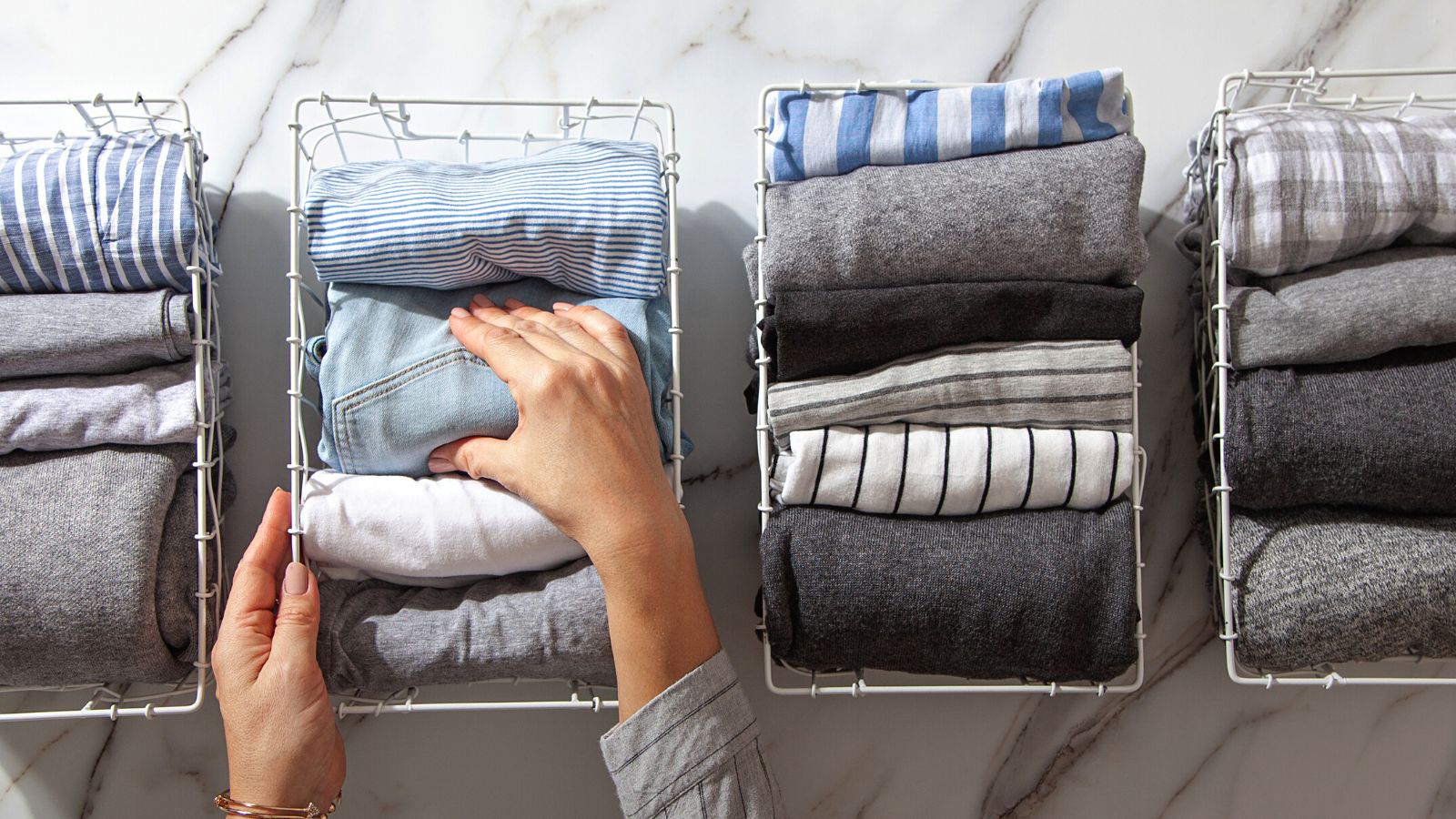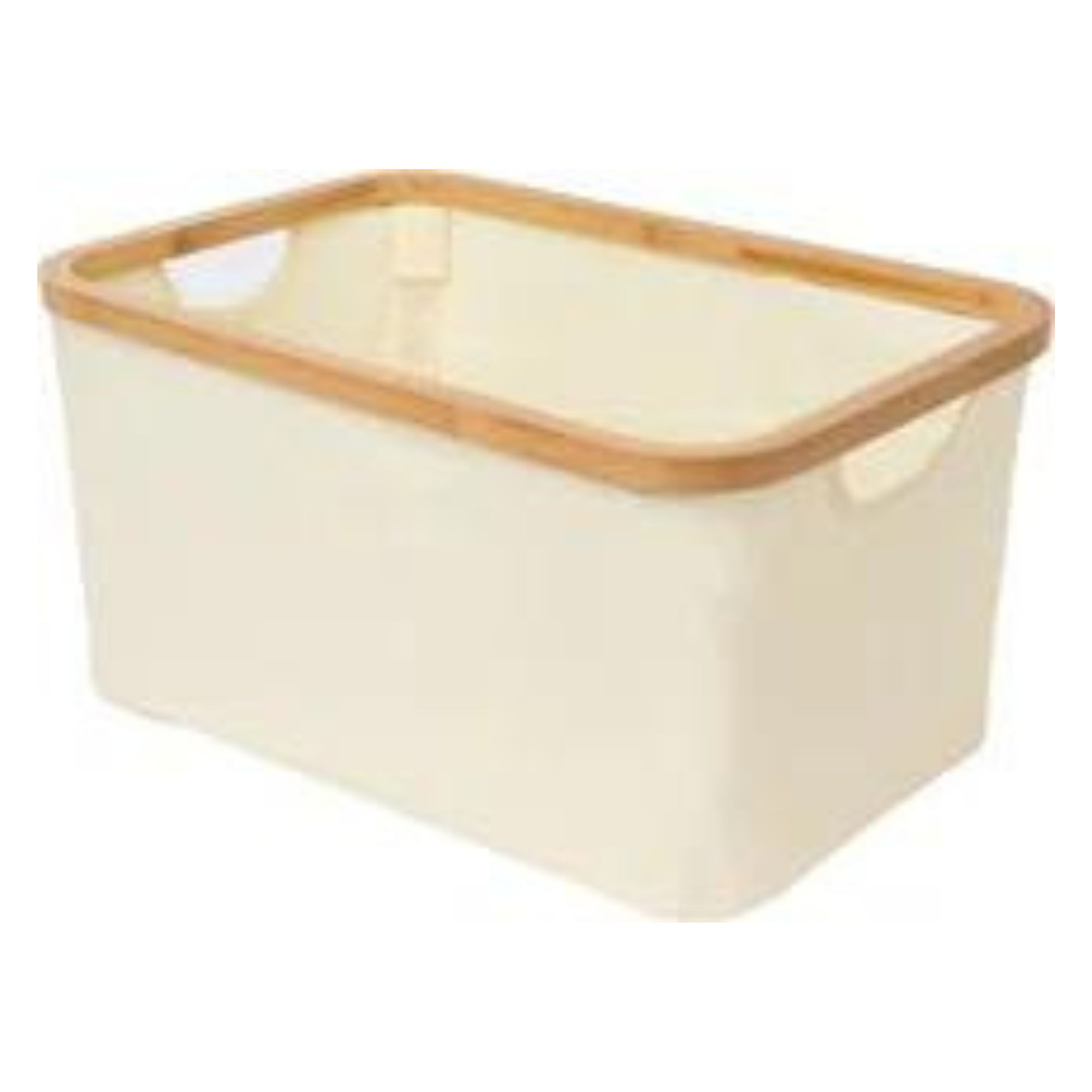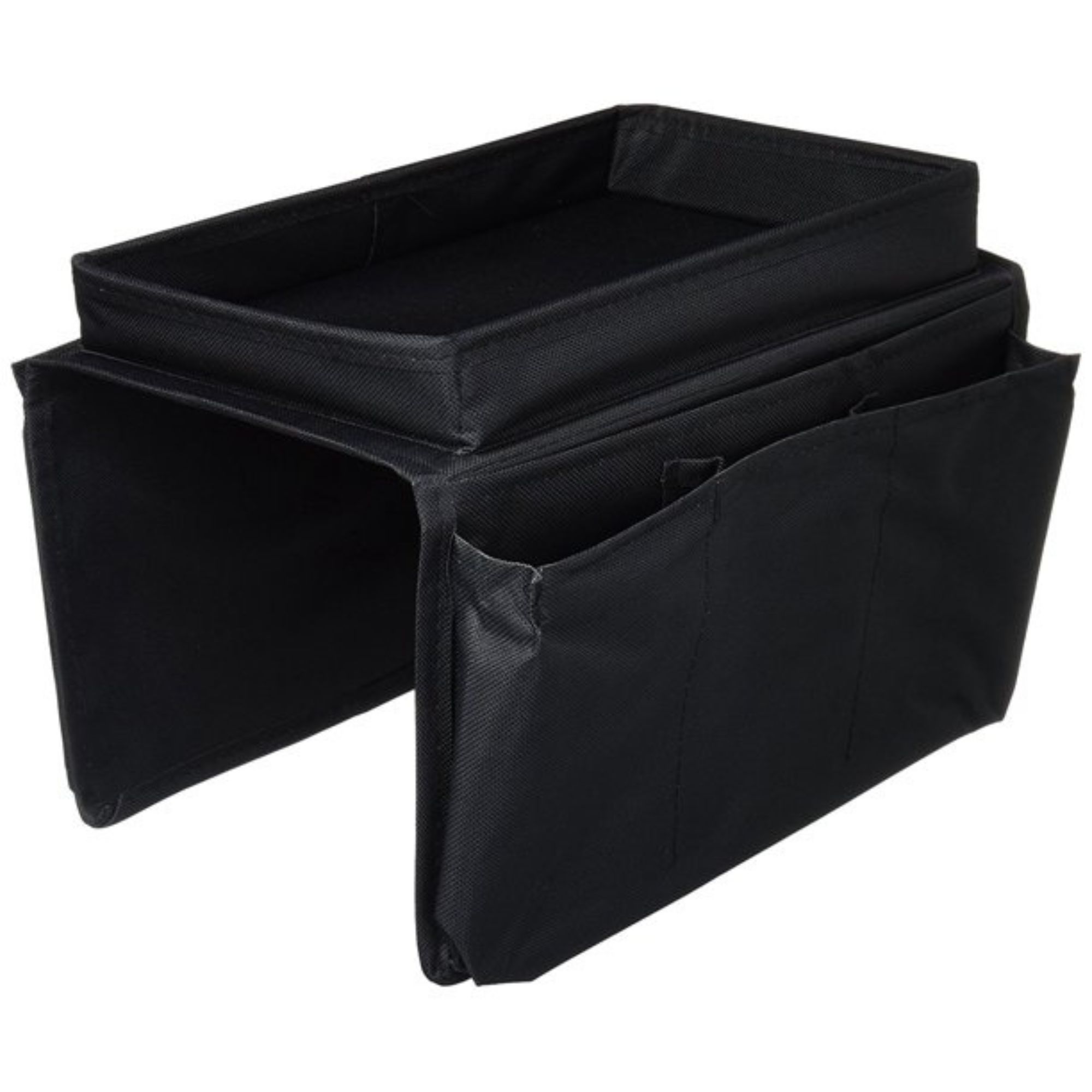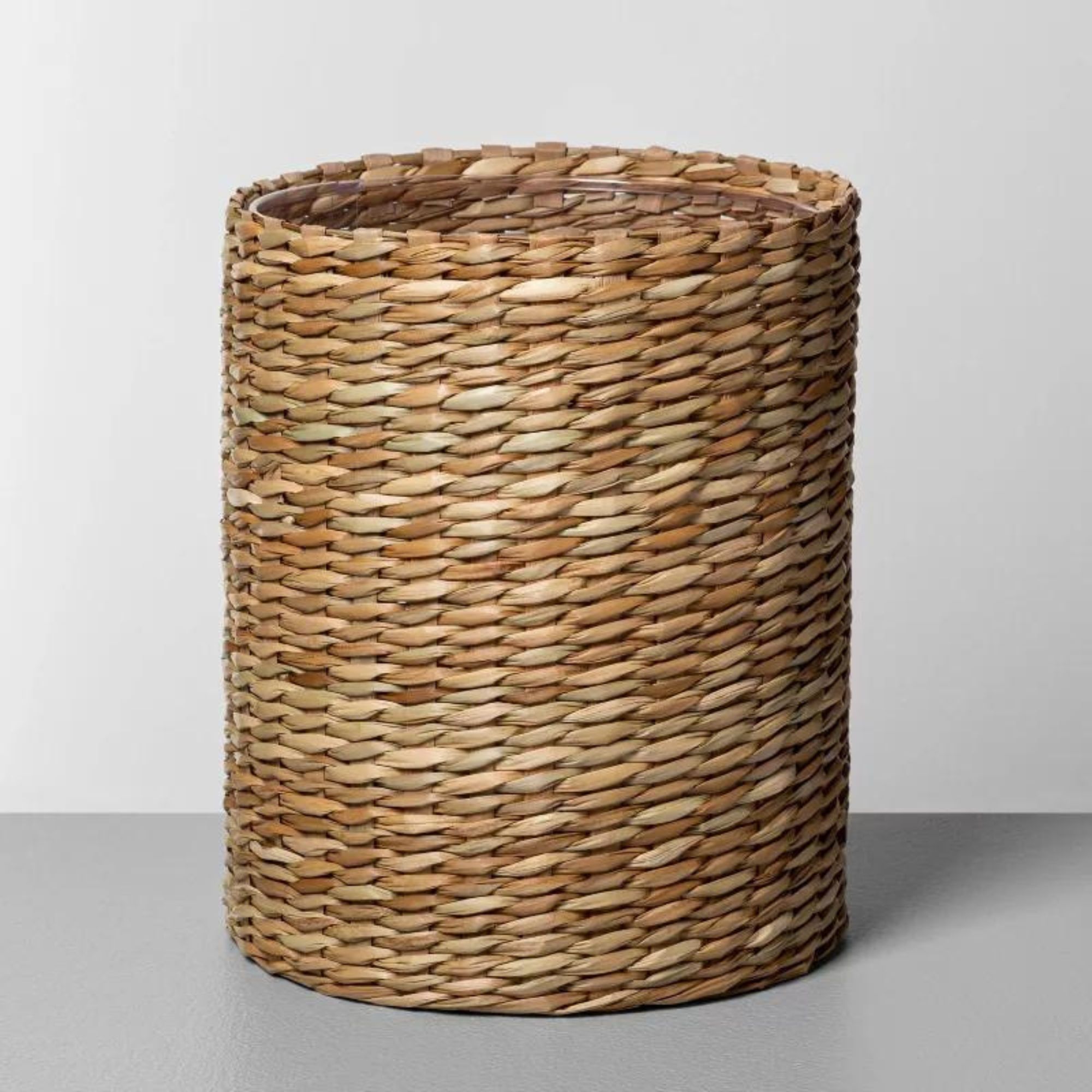I tried the 'five messes' tidying technique and it helped me beat my living room doom piles
After trying countless decluttering methods, I found this was the best for when I'm feeling stressed


Decluttering and tidying is not everyone’s cup of tea, but the 'five messes' method, recommended by therapists, is perfect for those most averse to tidying.
Although I often declutter and clean my home to reset and calm anxieties, I still have occasions where my usual decluttering techniques are not enough to help break me out of my rut.
When I heard about the 'five messes' method, it sounded like the very thing I needed to help alleviate some of the pressure of keeping a tidy home when I was stressed or exhausted. Here, I explain how I used it and why it works to help declutter when you feel overwhelmed.
The 'five messes' method
I have tried many home decluttering and tidying tips, such as the one-touch tidying rule, but this is by far one of the best methods for combatting stress once your belongings have built up. This particular home organization trick is a brilliant way to help visualize your decluttering and tidying goals before you start. It allows you to mindlessly sort through your belongings, lessening your mental load whether you are organizing a living room, or decluttering a kitchen.
Conceived by licensed therapist KC Davis, author of How To Keep House While Drowning, the method breaks all of your belongings, no matter their size or purpose, into just five categories:
- Trash
- Laundry
- Dishes
- Things that have a place
- Things that do not

KC Davis is a licensed professional therapist, author, speaker, and the person behind the mental health platform Struggle Care.
How I used it in my home
I applied this method of tidying to my open living-dining space, which I had neglected after trying out the 'ski-slope' organizing method in the upstairs rooms in my home.
When approaching the space, I focused on one category at a time, starting with left-out breakfast dishes that I could quickly whisk out of the way into the adjoining kitchen and pile in the sink for later.
Then, I followed with laundry and trash. These were decidedly quicker segments in this space, as laundry tends to accumulate upstairs in bedrooms and bathrooms and I already have a small trash can in the living room. But the 'five messes' approach finally made me wash the fleece blankets on the back of my sofa as breaking all of my items into categories made me think about soft furnishings differently.
I was prone to making a mental note to wash my throws whenever I used them in an evening but forgetting the next day. This time, instead of seeing them as something to simply be folded and put away, I saw them as another laundry item, just like my clothing or towels.
The more intensive part of the 'five messes' method was the things that have homes and things that do not, but even then it took me less than half an hour to get everything back in shape. I tackled these categories together, picking up misplaced items like books from the coffee table and sorting them back onto the bookshelves, and moving the TV remotes back into the sofa arm organizer.
Anything that didn’t have a home went into one of my trusty laundry-hampers-turned-decluttering-baskets for me to sort through later, using the pile decluttering method. This prevented me from getting distracted from putting other things away and abandoning the task halfway through when I got tired or overwhelmed by avoiding big decisions while I was in a good organizing flow.

These foldable laundry baskets are my go-to for decluttering, as they fold away nicely when not in use.
The true benefit of this tidying approach was the ability to put off the big decisions while organizing and focusing on the simple parts first, all without forming more and more piles around a room. This method, in comparison to breaking things down into yes, no, and maybe piles helped to dictate a final destination for items as I tidied up and prevented me from having to think too hard.
Dishes naturally went to the sink, laundry to the washing machine, trash to the waste bin, and misplaced things back to their homes around my house. The only brain work I really had to do was after most things were neatly put away and I had a small basket of things left over that didn't yet have a designated home.
At that point, I had the option to come back to the task another day, or slowly sort through things at my own pace while I watched TV in the background. I started by deciding which things I definitely did not need anymore before finding homes for the ‘homeless’ things left in the bottom of the basket. My laptop, for example, found a new home in my top office desk drawer, while I chose to get rid of some of my old magazines that didn’t fit on my shelves and were well worn down after being repeatedly thumbed through.
My verdict
As someone who usually tackles tidying and decluttering with ease, I was surprised how much easier the 'five messes' method made my daily tasks. The process took me less than half an hour in total, and I could leisurely sort the leftover clutter that didn't have a home with a TV show in the background, making it feel less like a chore stealing time away from my weekend and more like a de-stressing, mindful activity.
Pairing this method with other systems like the ski-slope organizing pattern will certainly be a game-changer for the way I tidy my home.
How to Keep House While Drowning | $17.99 at Amazon
This revolutionary approach to cleaning and organizing helps free you from feeling ashamed or overwhelmed by a messy home.
FAQs
What is the 20/10 method of cleaning?
The 20/10 cleaning method is great for people who like to get tasks done in short bursts, or are overwhelmed by long stints of walking back and forth around a home. The aim is to tidy, clean, or declutter for 20 minutes, before having a 10-minute break to step away from the task and refresh your mind. You could step outside for a moment for a breath of fresh air, or watch a short YouTube video to help destress.
It is a good idea to have a timer set for this method, rather than watch the clock, to ensure that you stick to the intervals as accurately as possible, rather than say ‘just five more minutes’.
What is the one minute rule for cleaning?
The one-minute rule dictates that if a task can be completed in a minute or less, then it should be completed first, or immediately, to prevent it from building up and becoming worse. Tidying and cleaning in this way can save you time in the long run, as it helps you to sort smaller messes before they develop into messy doom piles that can be overwhelming, or take longer than 20 minutes to clean away.
Next, see what happened when one of our editors tried the Pick Up and Place tidying method.
If you struggle with housekeeping perfectionism, banish any tidying anxiety by getting to the root cause.
Sign up to the Homes & Gardens newsletter
Design expertise in your inbox – from inspiring decorating ideas and beautiful celebrity homes to practical gardening advice and shopping round-ups.

Chiana has been at Homes & Gardens for two years and is our resident 'queen' of non-toxic living. She spends most of her time producing content for the Solved section of the website, helping readers get the most out of their homes through clever decluttering, cleaning, and tidying tips. She was named one of Fixr's top home improvement journalists in 2024.
-
 Gwyneth Paltrow's quiet luxury kitchen is so beautiful, we almost overlooked her ultra-smart cabinets – they make the use of 'every inch' of storage space
Gwyneth Paltrow's quiet luxury kitchen is so beautiful, we almost overlooked her ultra-smart cabinets – they make the use of 'every inch' of storage spaceThe Goop founder makes use of dead space in her kitchen with customized cabinetry that reaches to the ceiling, providing ample storage
By Hannah Ziegler
-
 Martha Stewart's intelligent cabinets 'take every inch into consideration' – their 'visually light' style will solve your small kitchen storage problems
Martha Stewart's intelligent cabinets 'take every inch into consideration' – their 'visually light' style will solve your small kitchen storage problems'Every kitchen can be beautiful and functional, no matter what the size': 9 years since sharing her clever storage, Martha's cabinets are just as beautiful
By Megan Slack


